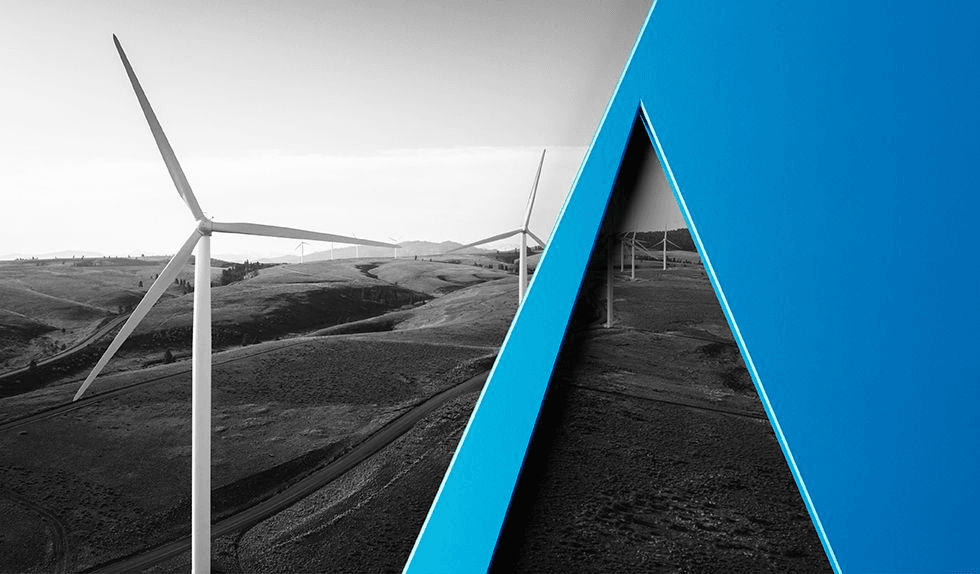In response to a request for clarification or, in the alternative, rehearing, “to ensure that a legally valid back-up means of timely filing will remain available, in the event the Commission’s electronic filing . . . system experiences an unexpected malfunction on the day a filing is due,”6 FERC clarified that, “in the rare instance where a Commission eFiling system malfunction prevents a timely filing, the filer may continue to use the Commission’s established practice of contacting the Commission’s Office of the Secretary (OSEC) through ferconlinesupport@ferc.gov to report the eFiling system malfunction.”7 Such email must: “(1) summarize the problem; (2) attach, if feasible, the public version of the filing solely to indicate proof of the filer’s attempt to submit a filing; and (3) provide any other evidence of timely attempts to file, such as screenshots of error messages. OSEC staff will verify the existence of the reported malfunction and the filer’s attempt to make a timely submission. OSEC will also acknowledge and respond to the filer’s email.”8
Importantly, however, such email “does not itself constitute a formal submission of the filing and will not be processed as such.”9 Rather, “[i]f the eFiling system error is not corrected in a manner that permits filing by 5:00 p.m. on the date the filing was attempted, the filer must also comply with [certain additional] steps.”10 Specifically, in addition to sending the OSEC notification email, “the filer must, at the earliest possible time on the next business day, either: (1) formally submit the filing electronically through the eFiling system; or (2) submit the filing by hard copy to the off-site screening facility. Of the foregoing two options, the filer shall choose the most expedient option.”11 If the filer “meets each of [these] requirements . . . , the filing will be considered timely filed.”12
This clarification and guidance is particularly important for filings with statutory deadlines that FERC lacks discretion to extend, such as the 30-day deadline for requests for rehearing of FERC orders.13 Because timely filing a request for rehearing is necessary to preserve a party’s arguments on rehearing, as well as its standing for judicial review, ensuring compliance with such deadlines is critical.
1 Formal Requirements for Filings in Proceedings Before the Comm’n, 172 FERC ¶ 61,145 (2020) (Clarification Order).
2 Id. P 1.
3 Formal Requirements for Filings in Proceedings Before the Comm’n, Notice Regarding Effective Date, Docket No. RM19-18-000 (June 23, 2020).
4 Clarification Order at P 1.
5 Id. P 7.
6 Id. P 1 (internal quotation marks omitted).
7 Id. P 7.
8 Id. P 8 (emphasis in original, footnote omitted).
9 Id. P 9 (emphasis added).
10 Id. (emphasis added).
11 Id. (emphasis in original).
12 Id. P 10.
13 See 16 U.S.C. § 825l(a) (2018) (a party to a proceeding “aggrieved by an order issued by the Commission in [the] proceeding . . . may apply for a rehearing within thirty days after the issuance of such order”). See also, e.g., N. Am. Elec. Reliability Corp., 147 FERC ¶ 61,140 (2014) (“[A]n aggrieved party must file an application for rehearing within thirty days after the issuance of the Commission’s order. . . . [T]he courts and the Commission have repeatedly recognized that the time period by which a party may file an application for rehearing of a Commission order is statutorily established at 30 days and that the Commission has no discretion to extend that deadline.” (Footnotes omitted.)).



